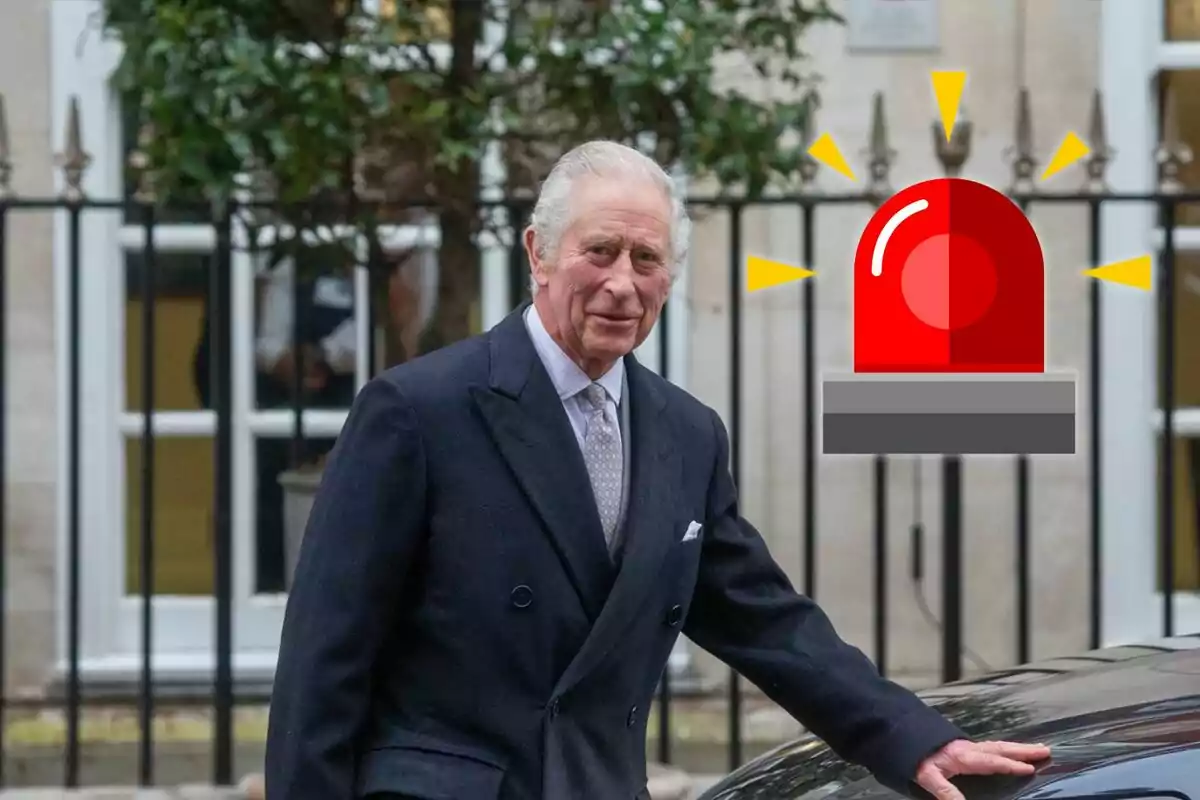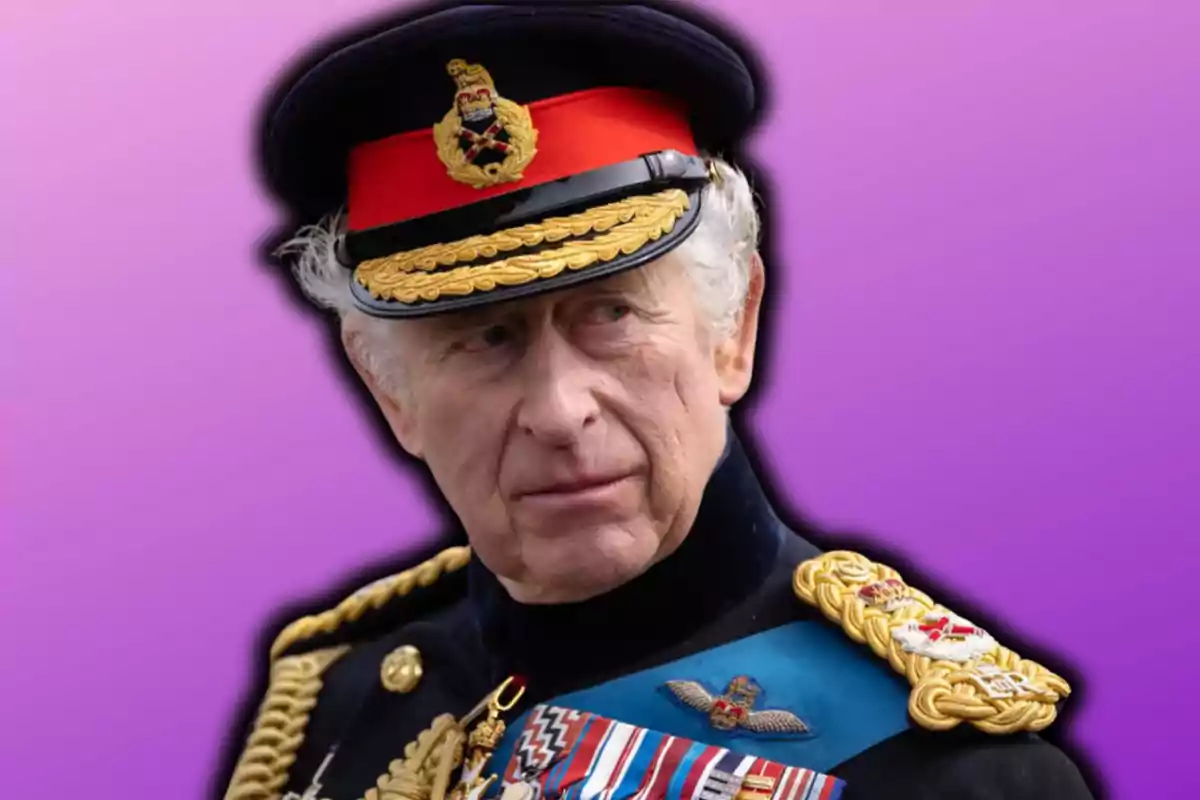The image of King Charles III riding a horse during the Trooping the Colour parade in June 2023 will be remembered as an iconic moment. However, what seemed like a traditional scene may have been his last equestrian appearance. His recent decision to forgo horseback riding in favor of a carriage represents a U-turn motivated by his delicate health condition.
The monarch, who was diagnosed with cancer at the beginning of 2024, has seen how his treatment and recovery have influenced his official commitments, breaking with a practice that defined both his role and royal tradition.
changes compared to last year
On June 14, during Trooping the Colour, Charles III will not ride a horse for the second consecutive year, choosing instead to travel the parade route in a carriage alongside Queen Camilla. According to sources from the Times cited by Informalia, this change is due to medical recommendations given the effort required to keep riding a horse for hours.

They show that the monarch lacks the strength needed to keep up the equestrian routine, and it is clear that this is not just a temporary decision, but a definitive renunciation of the equestrian tradition.
Since 2023, Charles III had resumed the tradition that his mother, Queen Elizabeth II, had canceled in 1986 after her mare Burmese was retired. However, the horse Noble showed nervousness during that edition, moving ahead in the parade until the king managed to calm him with gentle and expressive gestures. The incident was not only anecdotal but also revealing: Riding a horse under pressure is demanding even for someone with extensive equestrian experience and in the midst of a battle with cancer.
official statements and reactions
Buckingham Palace, without mentioning the word "relapse," has admitted that the ongoing treatment requires adjustments to the king's schedule and confirms that the use of a carriage will extend to future editions of the parade. However, from the Royal Household they assure that Charles III keeps other institutional commitments, such as audiences and recent official trips, including one to Canada.

In this context, it has been highlighted that the illness is "manageable though incurable," and that while he may "die with cancer, not from cancer," he continues living with the condition and participating in his royal responsibilities. His attitude has been described as manageable and resilient, with an optimistic tone that seeks to convey calm to the public.
medical diagnosis
The king's diagnosis came after a procedure for prostate hypertrophy in February 2024, leading to a treatment that has required occasional hospitalizations, including an admission in March due to adverse effects. Despite this, he returned to normal and continued with public engagements, such as receiving ambassadors or visiting the London Clinic and gradually resuming his schedule.
This year, the impact on Trooping coincides with the return of his daughter-in-law, the Princess of Wales, after overcoming cancer also diagnosed at the beginning of 2024. Her quiet and prudent recovery contrasts with the visible adaptation of the king.
reactions on social media
Over these months, Charles III has shown an optimistic attitude, mentioning in public that he is in "the best phase" of treatment during events such as his visit to Bradford, where he emphasized the importance of nutrition as a complement to current medical treatment.
Likewise, during a ceremony in Lancaster, he joked with a veteran, saying he should "keep drinking whisky," a gesture that lightened the atmosphere and clearly showed his closeness and human tone amid the illness.
After his hospitalization in March, he was photographed by the press at Clarence House before moving to Highgrove, where his healthy appearance reinforced the palace's strategic communication strategy, designed to avoid speculation about his real condition elpais.com.

